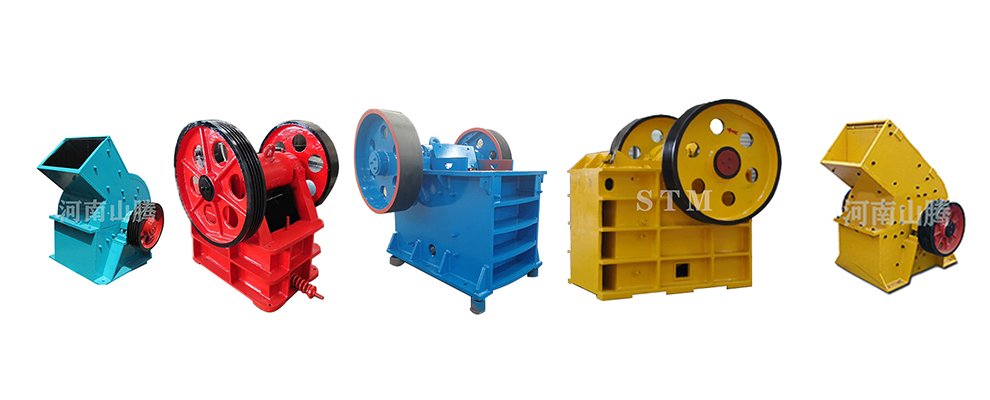I. Disruptive Breakthroughs in Lifespan and Cost Efficiency
1. Exponential Improvement in Component Durability
Next-gen nanocomposite wear-resistant materials with gradient structures enhance the impact toughness of jaws, hammers, and other critical components to 160–180 J/cm². In high-hardness ore crushing (e.g., granite, basalt), service life reaches 15,000–18,000 hours—2–3 times longer than traditional materials. Self-healing coating technology repairs microcracks (≤0.2 mm) under high-temperature conditions, reducing downtime frequency by 60%.
2. Lifecycle Cost Restructuring
Material advancements extend crusher overhaul intervals from 3 to 5–7 years. Integrated with smart lubrication and adaptive systems, energy consumption per ton of ore drops to 1.6–1.8 kWh, slashing operational costs by 40–50%. For instance, one iron ore project saw wear-part replacement costs decrease from 18% to 7% of total expenses, shortening ROI cycles by 30%.
II. Dual Advancements in Productivity and Sustainability
1. Dynamic Crushing Efficiency Optimization
Superhydrophobic materials reduce sticky material buildup (moisture >12%) by 65–80%, maintaining 95%+ of rated throughput. Laser-clad nanocrystalline surfaces limit cone crusher product size fluctuations to ±0.5 mm, complying with GB/T 14685-2025 standards.
2. Green Manufacturing Technologies
Negative-pressure dust removal and magnetic liners reduce PM2.5 concentrations to <15 μg/m³ and metal particle pollution by 90%. Chromium-free welding materials cut heavy metal emissions to <0.01 ppm, meeting EU REACH 2025. Recycled SiC-based composites lower manufacturing carbon intensity by 64%.
III. Convergence of Intelligence and System Integration
1. Material-Data Synergy
Fiber-optic sensors embedded in liners monitor stress distribution and wear (±0.03 mm accuracy), feeding real-time data to digital twins. Edge computing and AI algorithms dynamically adjust speed/pressure, optimizing output in mixed ore scenarios (e.g., iron + lithium ores).
2. Predictive Maintenance in Practice
Fatigue-characteristic-based lifespan prediction models (accuracy >90%) reduced unplanned downtime by 75% in a quarry project, boosting overall equipment effectiveness (OEE) from 78% to 89%
